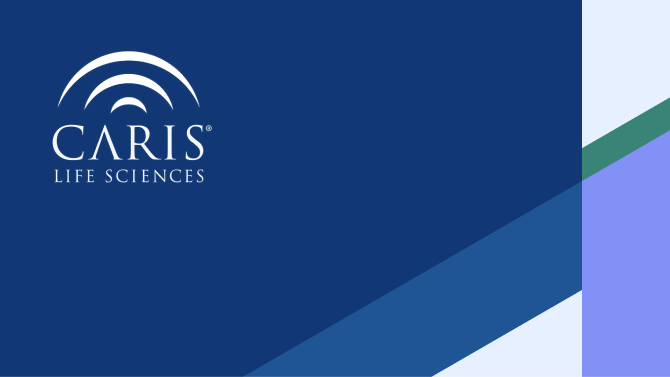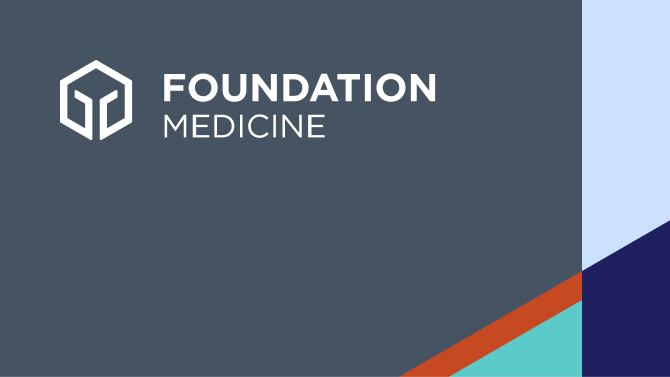
A new era of precision medicine-focused real-world data
— Flatiron Health + Caris Life Sciences
Flatiron Health and Caris Life Sciences have partnered to develop the Clinical-Molecular Database (CMDB), the largest and most robust multimodal dataset of its kind with comprehensive whole-exome sequencing, whole-transcriptome sequencing and digital pathology data linked with Flatiron clinical data on over 78k+ linked patients.
Download fact sheet